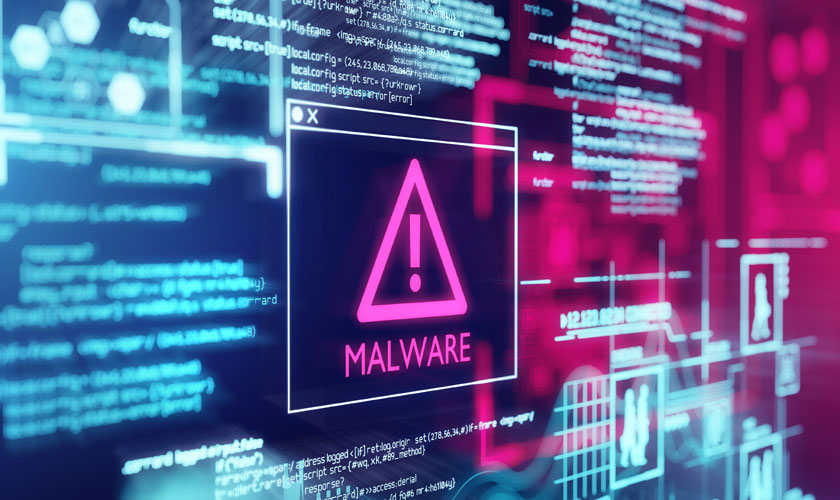Whan is the meaning of Malwares?
Malwares “Malicious Softwares” refers to software designed to interrupt, damage, or gain access to a computer system, without the knowledge or consent of the owner. Malware can compromise computer functions, steal data, bypass access controls, and cause other types of damage.
Where can they get access?

These malwares are all over the Internet, so our computers can be infected from almost anywhere. Some examples are: e-mail, a file downloaded from the Internet, or taskbars that are installed many times when installing a program. So it is very easy to get infected with some malware, thats why it is very important to have a good antivirus and a good antimalware installed on all computers in case the antivirus does not already include it.
▸ Here are some of the most common malware and some tips to protect your devices and data from these malware.
Tipes of malwares:
▸Spyware: This malwares are designed to track and spy on the user. Spyware often includes activity trackers, keystroke collection, and data capture.
▸Adware: It is a type of freeware sponsored by advertising that appears in pop-up windows.
▸Bot: It is a malware designed to perform actions automatically, usually online. Most bots are benign, however some choose to create botnets (networks composed of infected computers from around the world that can be controlled remotely) and then sell access to said botnet to third parties.
▸Rasomware: Lock the user’s files or devices and then claim an anonymous online payment to restore access. Ransomware is spread by a downloaded file or a software vulnerability.
▸Scareware: this type of malware is designed to persuade the user to take specific actions based on fear. The scareware spoofs pop-ups that resemble operating system dialogs.
▸Rootkit: These tools are used to hide processes and files that allow the intruder to maintain access to the system, as if creating a back door. The attackers will use the back door to access the computer remotely and most of the time for malicious purposes.
▸Virus: The virus can be harmless and simply display an image, or they can be destructive, such as those that modify or erase data. Its objective to alter the normal operation of any type of computing device, without the permission or knowledge of the user.
▸Trojan: This malware executes malicious operations under the guise of a desired operation. A Trojan differs from a virus in that it attaches itself to non-executable files.
▸Worm: While a virus requires the execution of a host program, worms can execute themselves. Except for the initial infection, they no longer require user input. Once the host is infected, the worm can spread rapidly across the network.
▸Man in the Middle (MitM): The attacker is in control of a device without the user’s knowledge. With that level of access, the attacker can intercept and capture information about the user before the user is aware of it. They are widely used to steal financial information.
▸Man on mobile (MitMo): Attack used to take control of a mobile device. When infected, the mobile device can be ordered to exfiltrate confidential user information and send it to attackers.
How to protect ourselves from malwares?
▸Use an Antivirus: There are many on the market today, use the one that best suits your needs and budget.
▸Dont trust in suspicius attachments: If you can, do not download files directly from the web since you never know if they contain malware, in any case you can preview them directly in the program. (Example: If you use Gmail, open suspicious attachments in Google Drive instead of downloading them.)
▸Run software updates: As new vulnerabilities are discovered in software, companies can fix those problems and offer solutions such as a software update.
Symptoms
All malwares spreads and affects devices in different ways, but there are some common symptoms you can look out for:
▸Slow computer or web browser speeds.
▸Network connection problems.
▸Computer freezing.
▸Modified or deleted files.
▸Unwanted ads that appear on screen.
▸Strange files, programs or desktop icons.
▸Programs running, shutting down or reconfiguring themselves.
▸Strange computer behavior.
▸Emails sent without the knowledge of users.
More information about those: https://en.wikipedia.org/wiki/Malware



